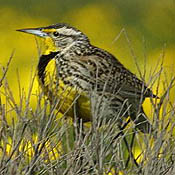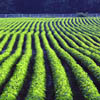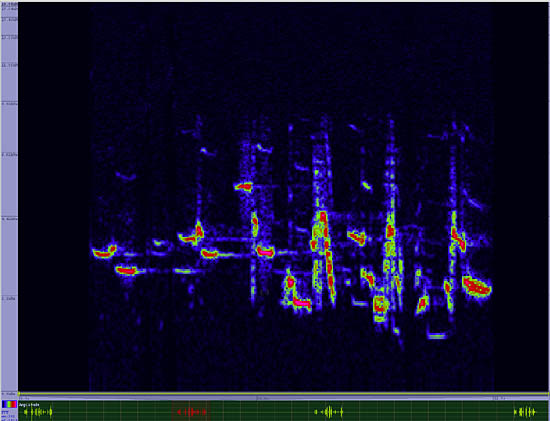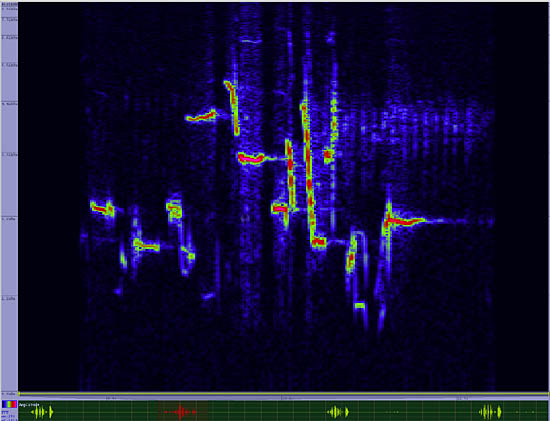Western Meadowlark
Sturnella neglecta

Perching

Length: 10 in. (24 cm )
This meadowlark occurs in dry fields, upland pastures and grasslands with few or no trees. It delivers its beautiful song from a fence post or high point in its territory during the summer. At this time it eats mostly insects and spiders. The cup-like nest is on the ground and covered with a roughly woven dome of long grasses. It is regularly parasitized by Brown-headed Cowbird eggs. During the winter, the Western Meadowlark feeds on seeds, forms small flocks and roosts at night on the ground.
The four-digit banding code is WEME.
Bibliographic details:
- Article: Western Meadowlark
- Author(s): Dr. Biology
- Publisher: Arizona State University School of Life Sciences Ask A Biologist
- Site name: ASU - Ask A Biologist
- Date published:
- Date accessed:
- Link: https://askabiologist.asu.edu/activities/bird/western-meadowlark
APA Style
Dr. Biology. (). Western Meadowlark. ASU - Ask A Biologist. Retrieved from https://askabiologist.asu.edu/activities/bird/western-meadowlark
Chicago Manual of Style
Dr. Biology. "Western Meadowlark". ASU - Ask A Biologist. . https://askabiologist.asu.edu/activities/bird/western-meadowlark
Dr. Biology. "Western Meadowlark". ASU - Ask A Biologist. . ASU - Ask A Biologist, Web. https://askabiologist.asu.edu/activities/bird/western-meadowlark
MLA 2017 Style
Be Part of
Ask A Biologist
By volunteering, or simply sending us feedback on the site. Scientists, teachers, writers, illustrators, and translators are all important to the program. If you are interested in helping with the website we have a Volunteers page to get the process started.








